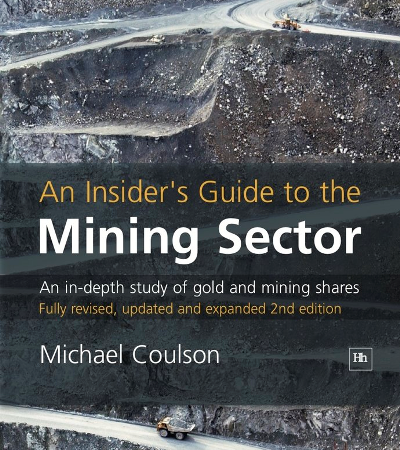Reuters) – Serbia’s mining sector, stagnant since the wars that tore Yugoslavia apart in the early 1990s, looks set for a revival as volatile commodity prices increase the allure of countries in Europe with established infrastructure and skilled labor.
Once home to a core copper and gold mining facility for the former Yugoslavia, the town of Bor in the north-eastern corner of Serbia has a history of mining dating back to Roman times.
Canadian major Freeport and its smaller partner Reservoir Minerals are exploring the area’s underground reserves. Early results have impressed investors and analysts. “The grades they’re drilling are exceptional… These come around once a decade,” said Brent Cook, a geologist and private investor who writes an investment newsletter.
International mining firms are under pressure from increasingly cautious investors to move away from projects in non-traditional mining countries where a lack of good roads, railways, water and power, as well as skilled workers, can hike costs.
Eastern Europe, along with Spain and Greece, has emerged at the forefront of this shift, with governments that are eager to help boost jobs and growth.

























